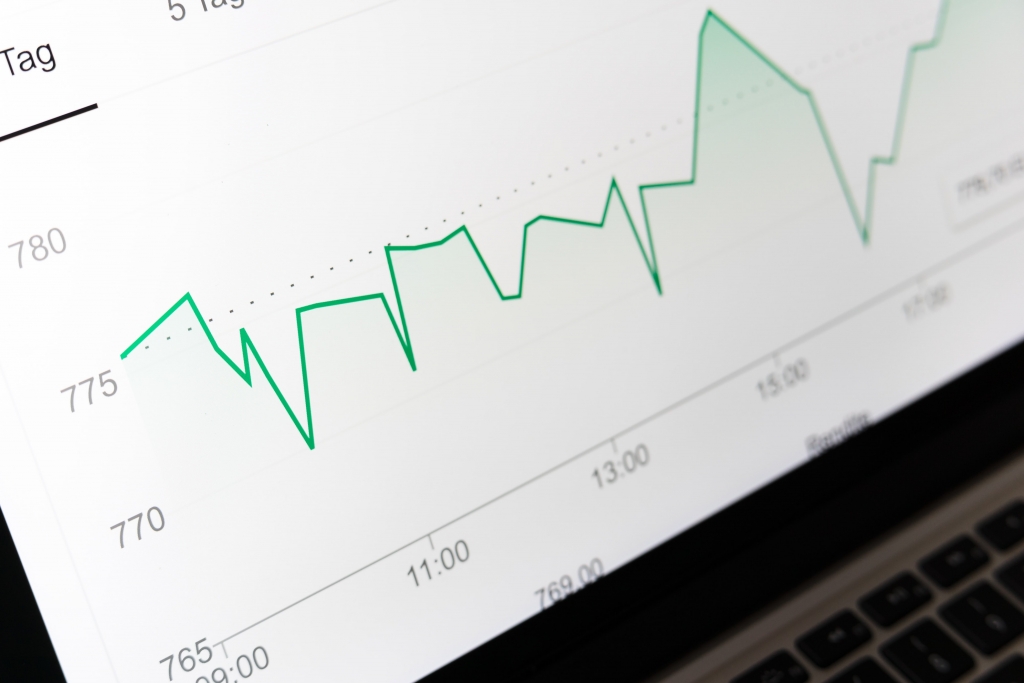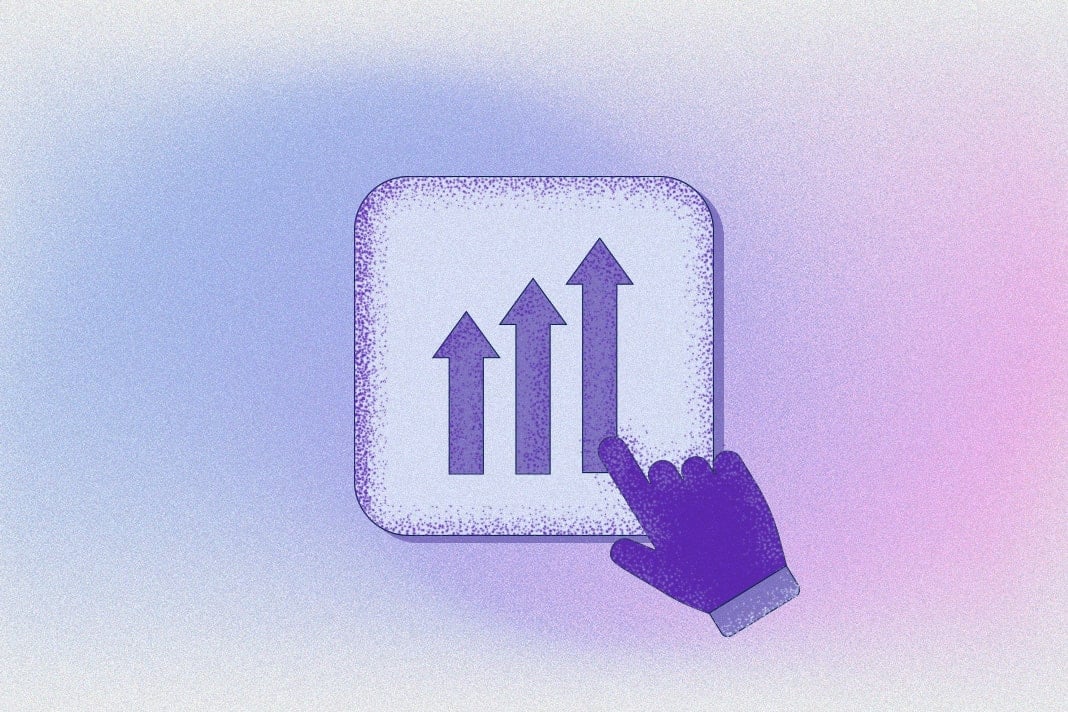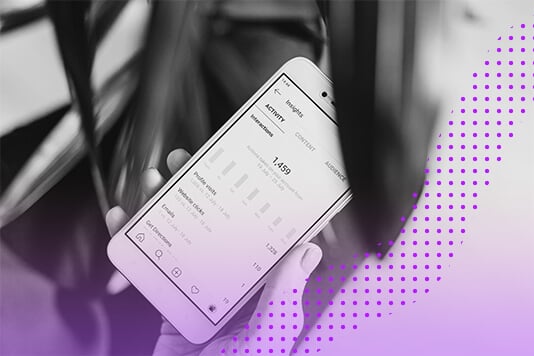Is print marketing dead? It’s a question that’s been asked over and over again in recent years, as digital marketing has taken off. After all, with so much advertising happening online, why would anyone bother with print marketing materials? But as it turns out, print marketing still has a lot to offer – especially when it comes to sell sheet printing.
And that’s exactly what we will be focusing on today: sell sheet printing. Is it worth it? And if so, how does the print sell sheet differ from digital in terms of design practices?
Keep reading to learn more about the benefits of print marketing, and find out if it’s right for your business.
Is Print Marketing Dead?

Photo by NordWood Themes on Unsplash
Not really – but it’s undergoing some transformations.
If back in the day, print media was the only medium that marketing professionals and business owners could rely on to get their products promoted, now they are plenty of options to choose from. Print, podcasts, and the web are just a few of the advertising channels used to attract customers.
And we’re here to make a case for print marketing. While there are many advertising channels available today, print marketing is still a powerful tool for businesses of all sizes.
Surely, using just print marketing would be like relying solely on exercise for staying healthy. When it comes to marketing, a combined approach will give you the best results. So rather than looking at it as a print vs digital marketing game, you might be better off thinking of it in terms of print AND digital marketing.
But don’t take our word for it. We’re about to dive into some neuroscience to see exactly why print media still works in our digital age. 🧐
Without further ado, here is your brain on print.
Print Media and Your Brain

Photo by Ben Sweet on Unsplash
In 2015, a white paper titled “What Can Neuroscience Tell Us About Why Print Magazine
Advertising Works?” brought forth a series of perennial insights on the neuroscience of print marketing.
What did the paper conclude? What are the benefits of print marketing, after all?
Print Is Deep, Digital Is Superficial
Turns out that people tend to skim the content when reading online. In contrast, reading on paper is deeper and slower – people take their time, they don’t do as much skimming and they return to a previous page if they didn’t fully comprehend what they were reading.
When reading online, people tend to read horizontally – they look for keywords, scan the page, and don’t tend to re-read what they didn’t quite understand.
Fun fact, even academics do it:
“Even studies of the reading habits of academics show a tendency toward “horizontal” reading—skimming and scanning and bouncing—when reading online (Rowlands et al, 2008; Nicholas et al, 2008). Some of this behavior was highly purposeful rather than distracted, a process described as “squirreling”—a hunt for nuggets to download now and read later” – MPA, 2015
Deeper Reading, Better Comprehension
Since reading on paper helps you engage deeply with what you’re reading, it comes as no surprise that it leads to a better understanding of the material.
Some scientists suggest that reading on paper allows us to create mental maps of what we’re reading and to monitor what we’ve learned so far.
But there is a gist to it. Reading on paper outperforms online reading only when we have the time for it. When you’re strapped for time, it might not make much difference.
Of Hyperlinks and Other Distractions
Almost everyone can relate to having too many tabs open. It’s confusing and exhausting. But we’ve all been there. Because that’s the lure of the internet.
Well, that’s part of the problem when we engage with content online. There are so many distractions! And it seems that one of the biggest ones is…the hyperlink.
That’s because our brain sees the hyperlink and goes “oh, should I stay or should I go?”. Basically, we have to make multiple tiny choices. Should I click on this? Then we might open 5 hyperlinks and become confused about which content to engage with.
Print Engages Our Body, Not Just Our Mind
The experience of flipping the page and holding the brochure or book we’re reading helps our brain integrate the information better. Research suggests that we read with our hands as well, not just with our eyes and brains. That’s because reading is an embodied experience.
Preference Counts
Ok, but are these results universal? Nope, it depends on what medium you prefer. But research does suggest that even “digital natives” report that they often prefer print over digital.
This goes to show that print marketing is here to stay.
Benefits of Print Marketing and Sell Sheet Printing
Ok, that’s pretty interesting. But how does it affect your marketing campaigns? What are the benefits of print marketing, after all?
Print Marketing Reaches a Wider Audience
Combining print marketing with digital marketing will help you target a wider audience.
For one, not everyone spends a lot of time online. Sell sheet printing may be efficient if you want to target certain people that don’t really surf the web. Plus, not everyone likes reading online. A combined marketing approach ensures that you don’t lose potential customers due to this medium limitation.
Higher Engagement When Reading on Print
Business owners, marketers, brand managers, and sales professionals have one thing in common: they want to engage their customers.
And that’s exactly what print marketing does. Reading on paper engages our senses more than online reading. And that creates an emotional impact. Which helps build product and brand awareness.
While publishing a digital sell sheet doesn’t hurt, sell sheet printing is definitely worth it. Your leads will engage more with the marketing material. More engagement raises your chances of selling your products.
Print Marketing Materials Have Longevity
As you surf the web, you come across a sell sheet for a product you’re thinking of buying. What are the odds of you bookmarking the sell sheet AND returning to it later?
Quite slim.
However, if the physical sell sheet is laying on your coffee table, you can always return to it. You might even accidentally interact with it throughout your day.
That gives your business a competitive advantage. Print media creates a lasting impression. And, who knows, maybe your customers will lend the sell sheet or brochure to friends and family.
People Will Remember Your Brand and Product
As the MPA white paper shows, people focus deeply on print materials, they understand better what they’re reading, and they remember what they read.
This is one of the most significant advantages of sell sheet printing. And just think of the stacked benefits of combining digital ads with print media.
Multiple mediums equal multiple chances of creating brand awareness and recall.
All in all, print marketing is here to stay. People tend to be nostalgic about the past. It returns us to simpler times when we weren’t so bombarded with information. And that’s why many ditch their smartphones and turn to reading on paper. If this trend continues, print marketing might grow in influence.
Some Print Marketing Statistics You Have to Know About

Photo by Markus Winkler on Unsplash
If you’re not convinced that sell sheet printing is worth it, here are a few ming-boggling print marketing statistics from a FinancesOnline 2021 report:
- Marketing campaigns that combined print and digital marketing had 400% effectiveness.
- On average, people spend around 20 minutes looking at print marketing materials. Think of the power of your product sheets in the context of this statistic.
- In the under-25 age group, 95% of them read magazines.
- In making a purchase decision, 82% of consumers trust print media more than digital ads.
- An increase of 20% in motivation response is associated with print ads.
- According to 92% of 18-23-year-olds, print is easier to read than digital content.
- Print marketing brings 77% brand recall, while digital marketing leads to 46% brand recall.
How to Design a Sell Sheet: Print vs Digital Design Considerations

Photo by Markus Winkler on Unsplash
There’s no doubt about it – sell sheet printing is worth your buck. Now, the tricky part is the sell sheet design.
Print design is slightly different than digital design. The medium certainly sets the tone for the whole process. However, having a reliable tool to create and export the designs is key.
So, if you want to learn how to design for print, read on. Here are a few key differences between the print and web mediums:
1. Attention To Colors
Digital design generally uses the RGB color mode, while designing for print requires you to use the CMYK color mode. The RBG color mode might lead to inaccurate color reproduction during the printing process.
By using CMYK you ensure that your sell sheet will come out of the press just as you designed it.
2. Image Resolution
If digital design is often more permissive in terms of image resolution, the same case can not be made for print design.
All the images, icons, logos, or illustrations you include need to be of high quality. Otherwise, you might end up with a pixelated sell sheet. Plus, you need to make sure you print at 300 DPI or dots per inch. Any lower than that and your product sheets will be pixelated.
3. Staticity versus Flexibility
Print design is static, while digital design thrives on flexibility. When you design for print, you don’t have to worry about how the design will shift. That’s why it’s so important to design with mobile in mind when you do web design.
4. Bleed, Trim, and Free Areas
Bleed, trim, and free areas are crucial when you want to print your marketing materials. Although these terms might sound complicated, they’re quite easy to grasp. Here is what each stands for:
- When the product comes out of the printer, it will be trimmed along the outer edge of the trim. Anything outside the trim will be cut off. To account for any discrepancies, you have to account for this trim line. So you don’t end up with a chopped and incomplete sell sheet design.
- Just as you might lose some of your design to print, you also end up with ugly white trim lines if you don’t count the bleed area. The bleed area prevents the sell sheet or any material you produce from looking ugly.
- The free area, or the safe area, is where the magic happens. This is where you add all the copywriting and design elements. Nothing should extend this safe space or bleed into the trim area.
5. File Formats
There are a few key differences between print and digital design file formats.
First, print design files are generally saved as PDFs, while digital design files are typically JPEGs or PNGs. This is because PDFs preserve the quality of your design when printing, whereas JPEGs and PNGs compress the image and lose some of the resolution when printed.
So, if you want to create high-quality sales sheets for your products and services, go for the PDF or the X file format. Once you grasp these differences between print and digital design, creating memorable sell sheets will be easy.
Sell Sheet Printing With Xara Cloud
With Xara Cloud, you can create both print and digital marketing materials. Choose one of our sales sheet templates, design your sell sheet and export it to PDF/X with automatic CMYK conversion, crop marks, and bleed. Creating commercial print sell sheets has never been easier.
Print your sell sheets with Xara today



 No credit card or phone number required.
No credit card or phone number required.